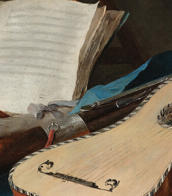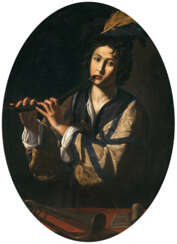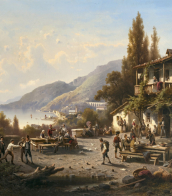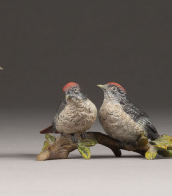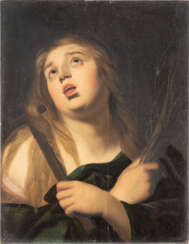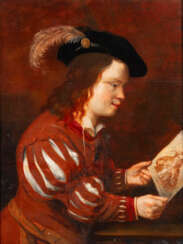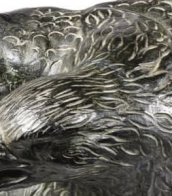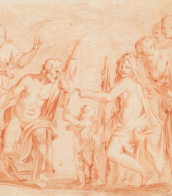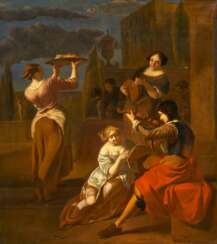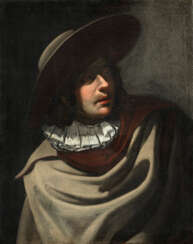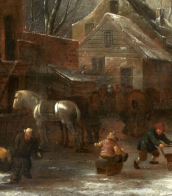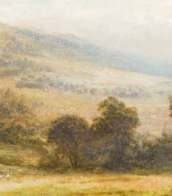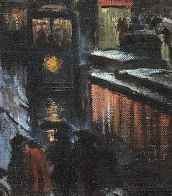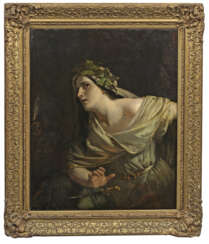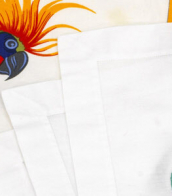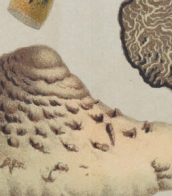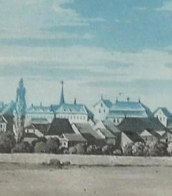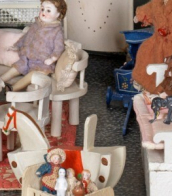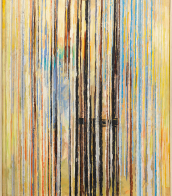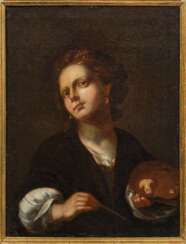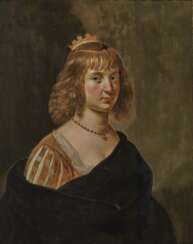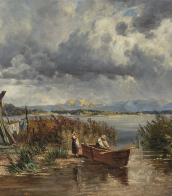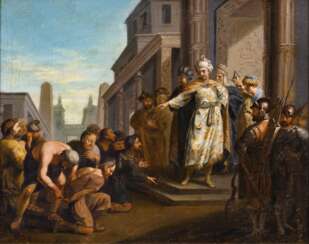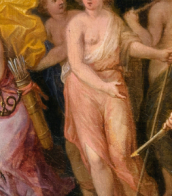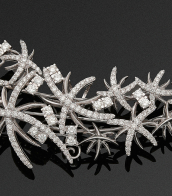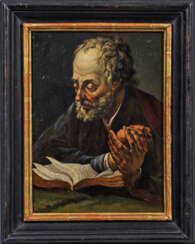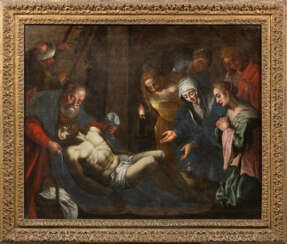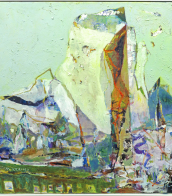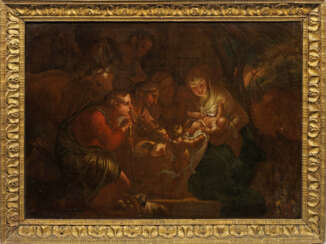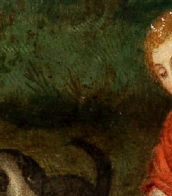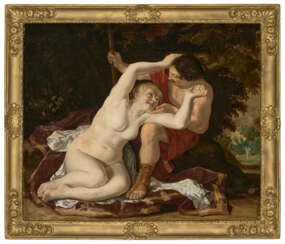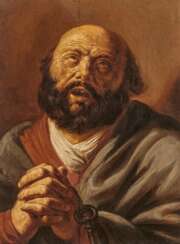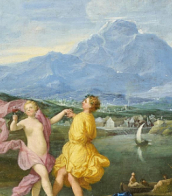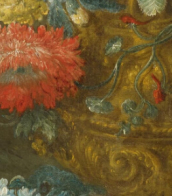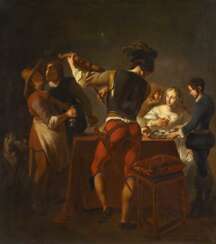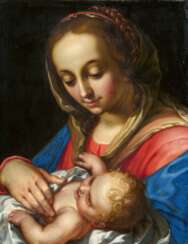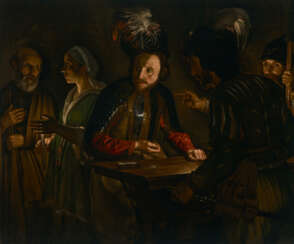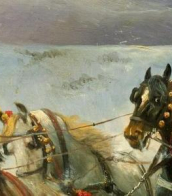caravaggisten
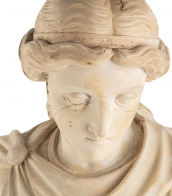
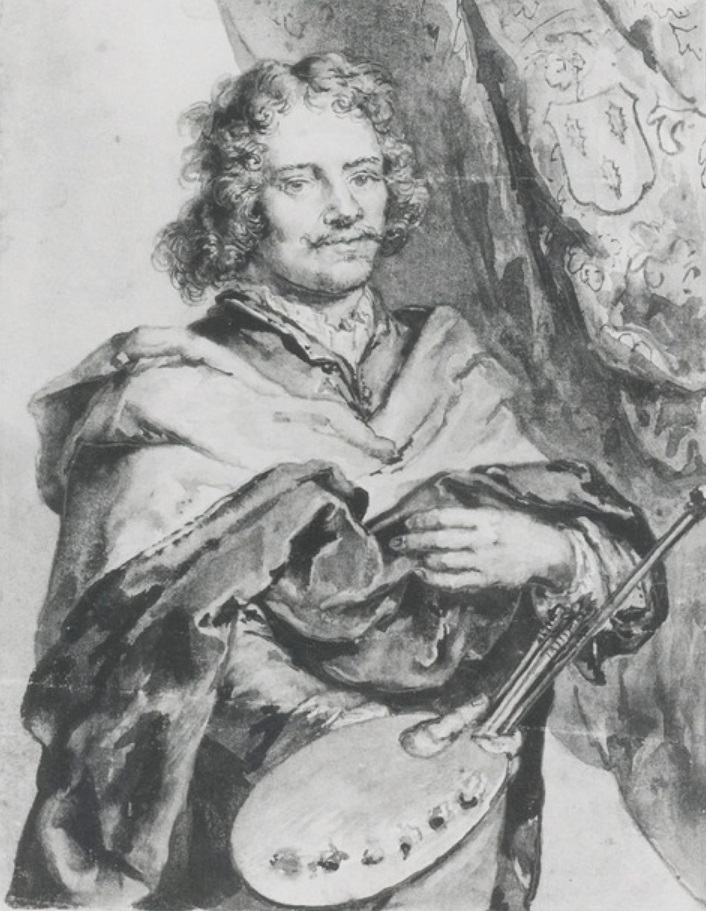
Hendrick Jansz ter Brugghen was a Dutch painter of genre scenes and religious subjects. He was one of the Dutch followers of Caravaggio – the so-called Utrecht Caravaggisti. Along with Gerrit van Hondhorst and Dirck van Baburen, Ter Brugghen was one of the most important Dutch painters to have been influenced by Caravaggio.
Ter Brugghen's favourite subjects were half-length figures of drinkers or musicians, but he also produced larger-scale religious images and group portraits. He carried with him Caravaggio's influence, and his paintings have a strong dramatic use of light and shadow, as well as emotionally charged subjects. His treatment of religious subjects can be seen reflected in the work of Rembrandt, and elements of his style can also be found in the paintings of Frans Hals and Johannes Vermeer. Peter Paul Rubens described ter Brugghen's work as "...above that of all the other Utrecht artists".
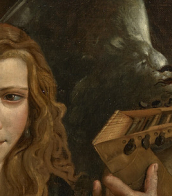
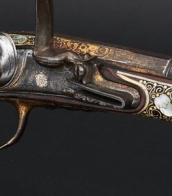
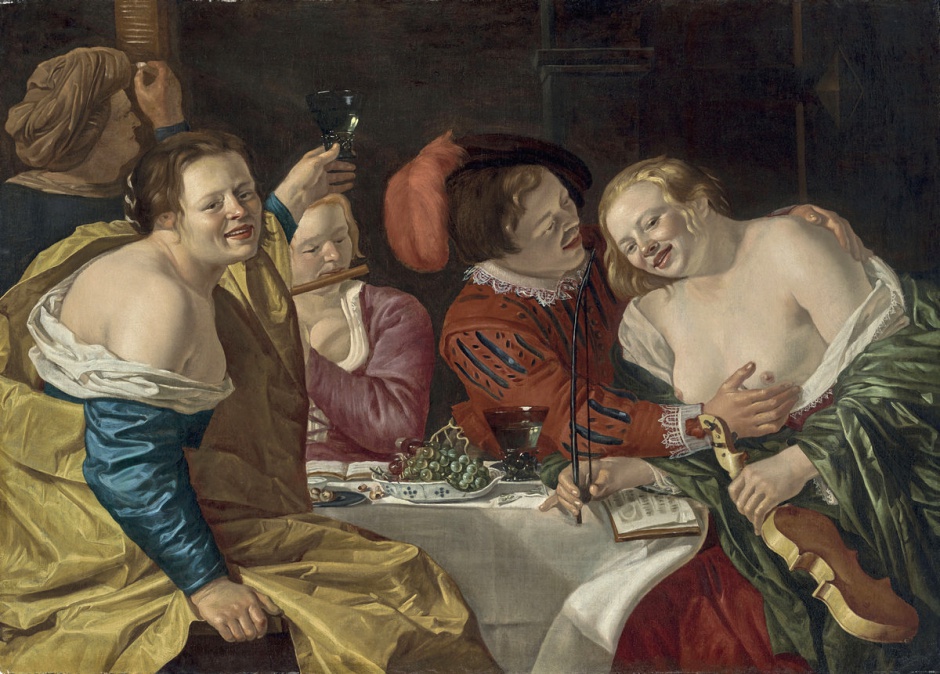
Christiaen Gillisz. van Couwenbergh was a Dutch Golden Age artist. He specialised in large historical allegories as wall decorations, often life-size. He also made drawings for tapestries.
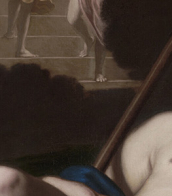
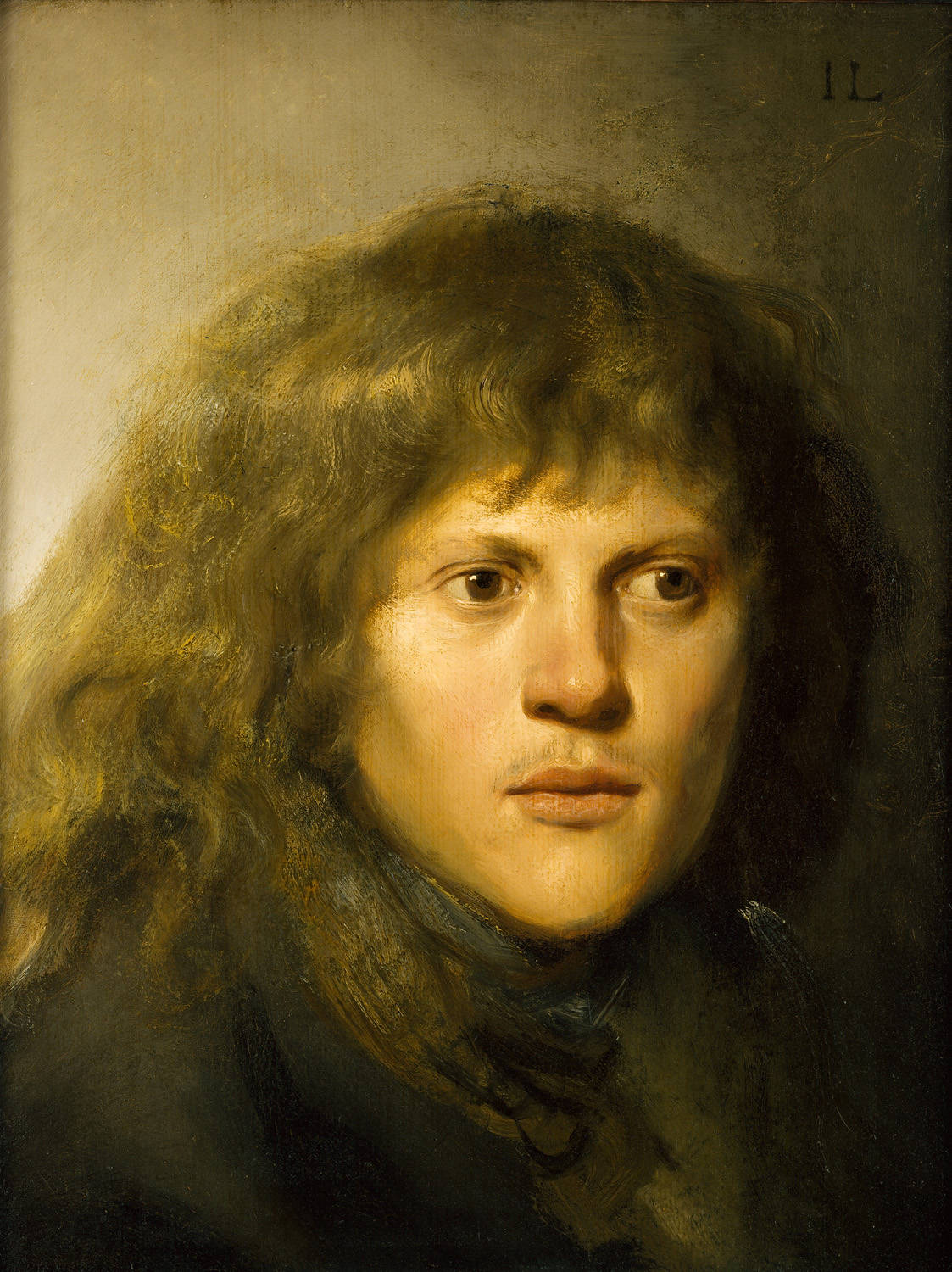
Jan Lievens was a Dutch painter, draughtsman, and engraver of the Golden Age and a member of the Guild of St. Luke in Antwerp.
It is known that while still very young, at the age of twelve, Lievens already created skillful paintings that amazed art lovers of Leiden. He was later friendly with Rembrandt, shared a studio with him, and painted in a similar style. Lievens was also a court painter in England and elsewhere.
Jan Leavens created genre scenes, landscapes, ceremonial portraits and sketches on various themes, as well as religious and allegorical images, which were already highly valued during his lifetime.
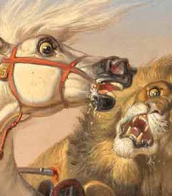
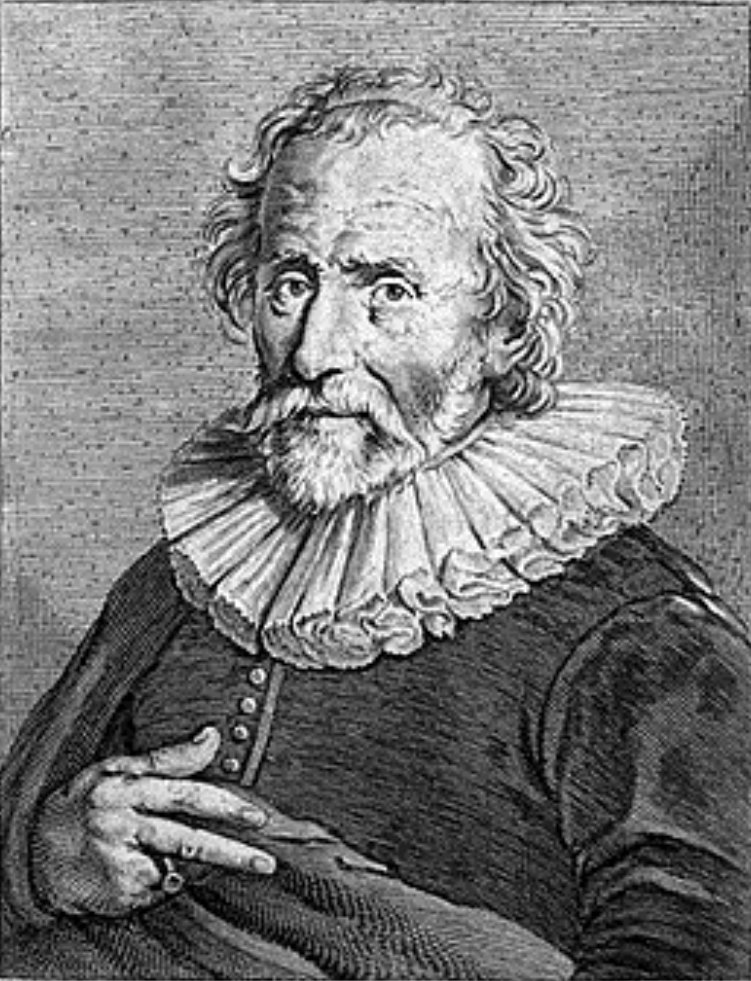
Abraham Bloemaert was a Dutch painter, draughtsman, and printmaker from the Golden Age of Dutch painting, one of the founders of the Guild of St. Luke in Utrecht. Bloemart was a caravagist. He painted mainly landscapes, mythological and biblical scenes, and pastoral works.
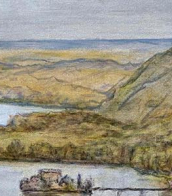
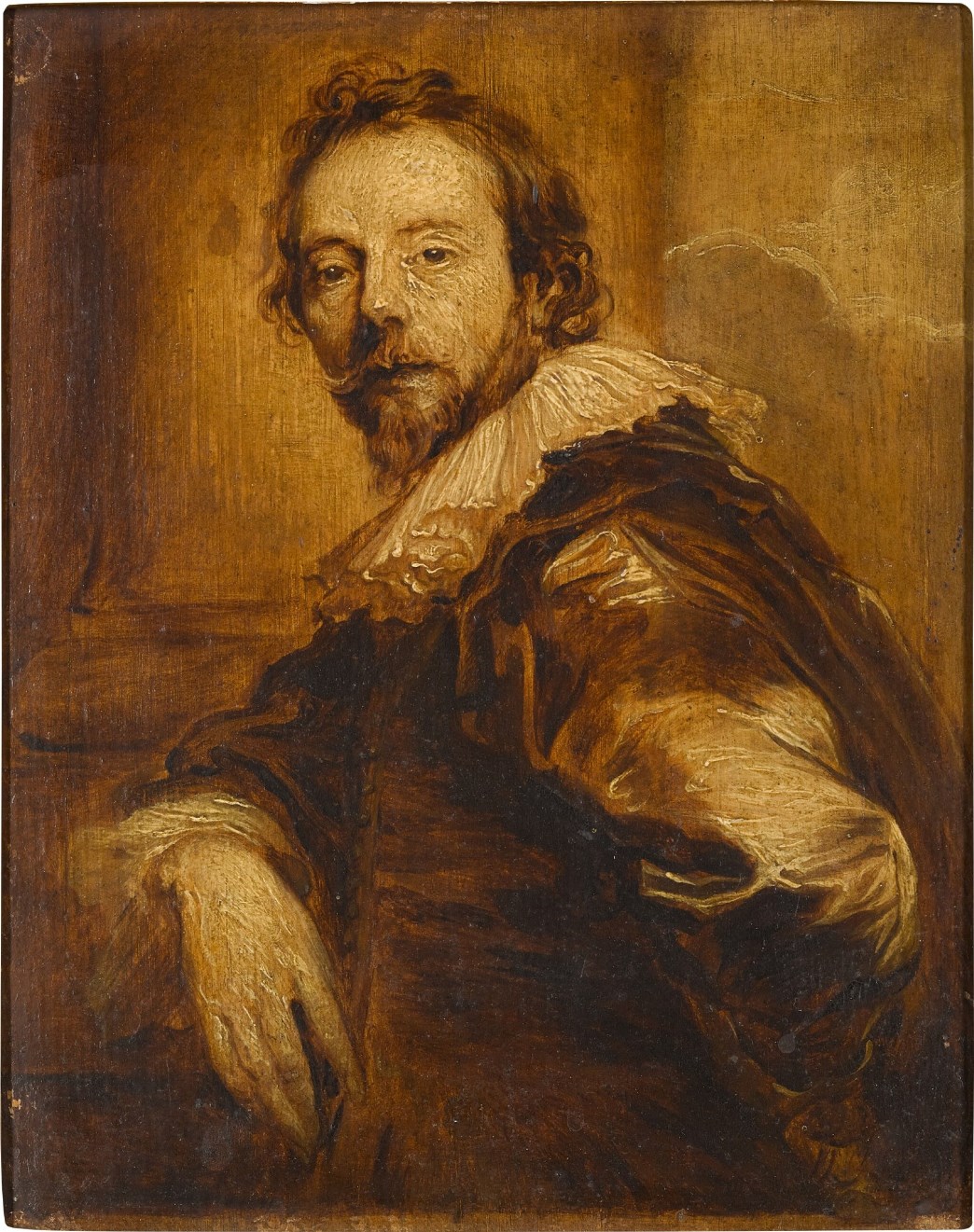
Adam de Coster, born around 1586 in Mechelen and passing away in 1643 in Antwerp, was a renowned Flemish painter and a key figure among the Antwerp Caravaggisti. This group of artists was part of an international movement that interpreted Caravaggio's work in a personal manner, known for their genre scenes with strong chiaroscuro effects. De Coster was particularly celebrated for his nocturnal scenes, earning him the nickname "Pictor Noctium" (literal translation „Painter of Nights“) due to his preference for tenebrist scenes.
His works often depicted subjects similar to those found in Caravaggio's paintings, such as card sharps, fortune tellers, and musical performances, showcasing de Coster's fascination with the play of light and shadow. Notable pieces by de Coster include "Three Singers," which demonstrates his skill in rendering the texture of fabrics and the dramatic effects of light on his subjects, and "A Man Singing by Candlelight," capturing a moment's drama through meticulous lighting.
Adam de Coster's art continues to captivate audiences with its atmospheric intensity and meticulous attention to detail. His contributions have solidified his place in the history of Flemish painting, with works featured in prestigious collections, including the Liechtenstein Museum in Vienna and the National Gallery of Ireland.
For collectors and experts in art and antiques, Adam de Coster's masterpieces represent a fascinating intersection of Flemish tradition and Caravaggesque innovation. To stay informed about new discoveries, sales, and auction events related to Adam de Coster, consider signing up for updates from art galleries and auction houses. This will ensure you have access to the latest information and opportunities to appreciate the legacy of this luminous master of painting.
